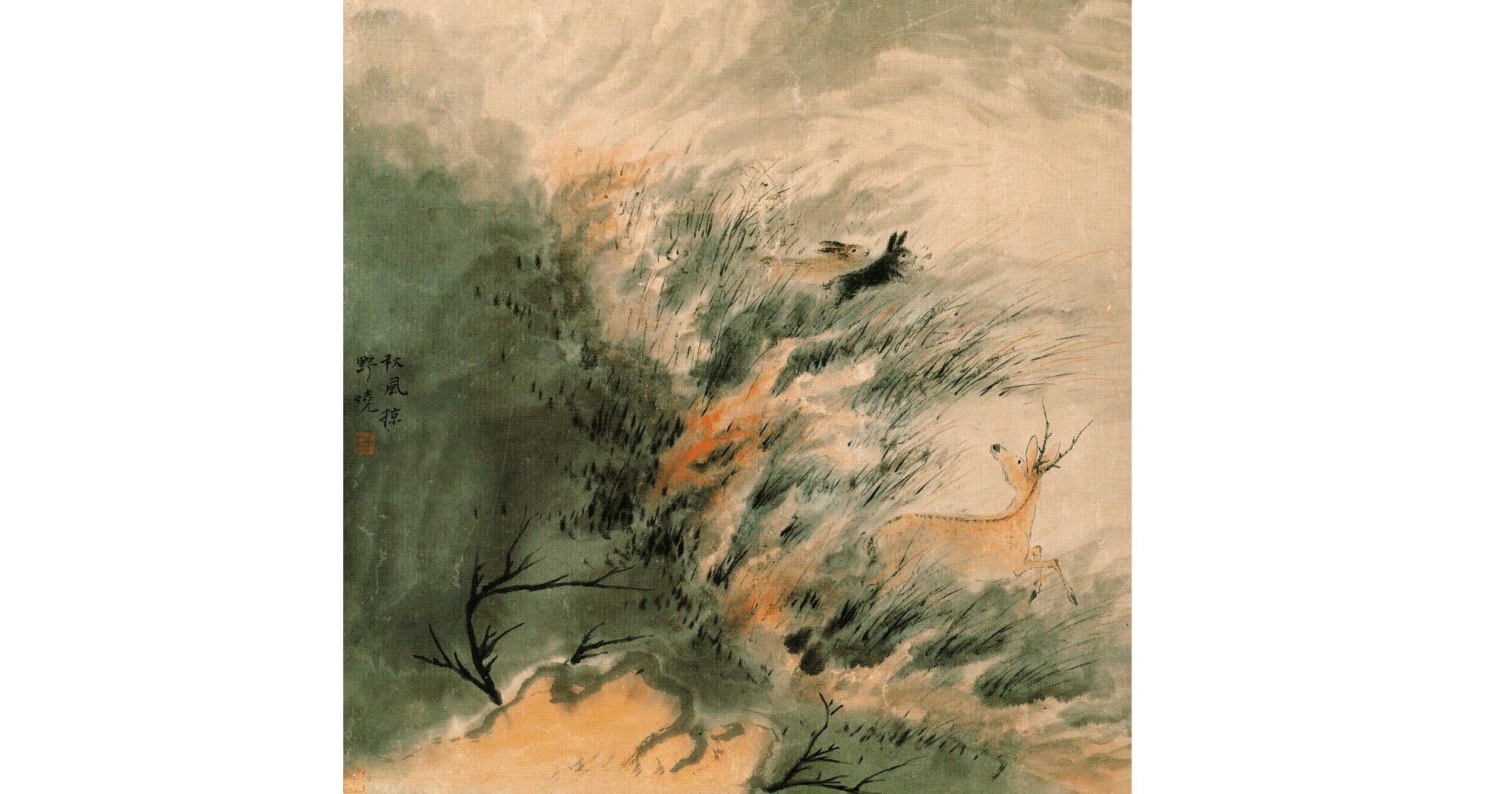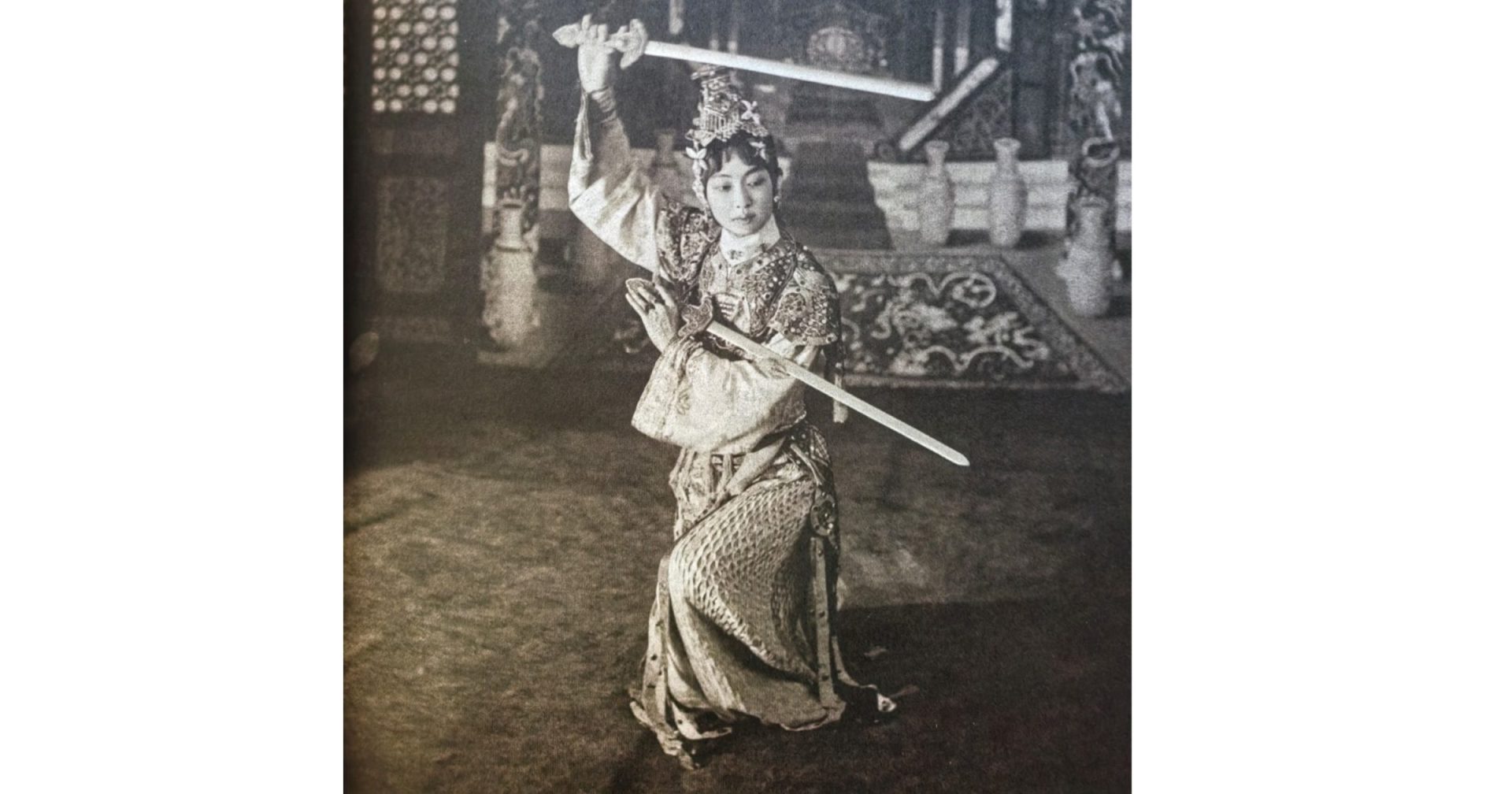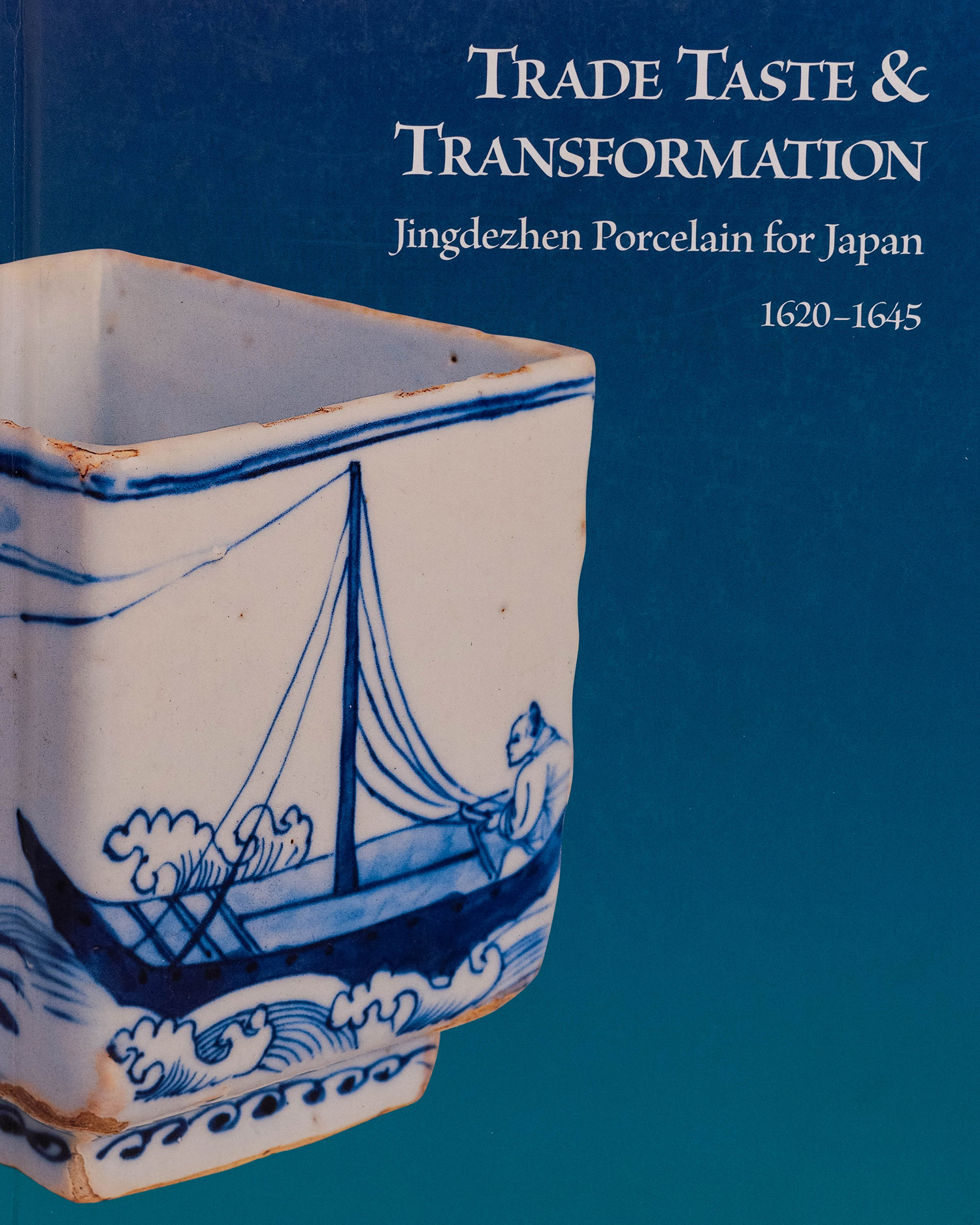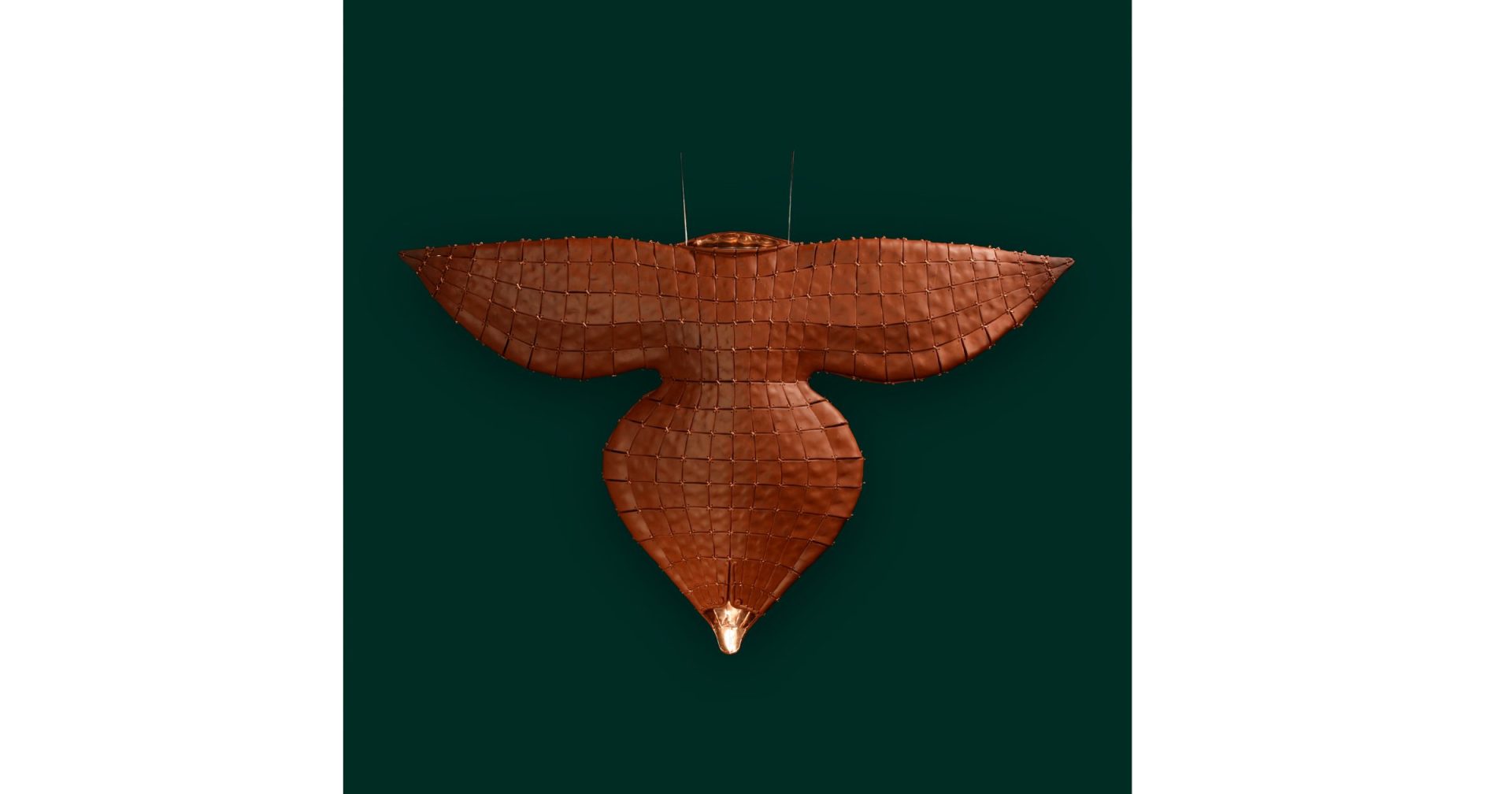While the official, court-controlled kilns of Jingdezhen produced imperial products, many civilian kilns produced large quantities of ceramics for the overseas market. In the final decades of the Ming dynasty (1368–1644), the potters of Jingdezhen, known as China’s Capital of Ceramics, produced blue-and-white porcelain, called kosometsuke in Japanese, and an underglaze- blue and polychrome porcelain ware, known as ko’akae, for the Japanese market. These wares were used in the popular tea ceremony. Chinese decorative themes and manufacturing standards were transformed to accommodate traditional Japanese forms and aesthetics. Drawing from international and domestic collections, the exhibition showcased more than one hundred examples of this exported porcelain and explored the relationship of tea culture and trade between China and Japan.
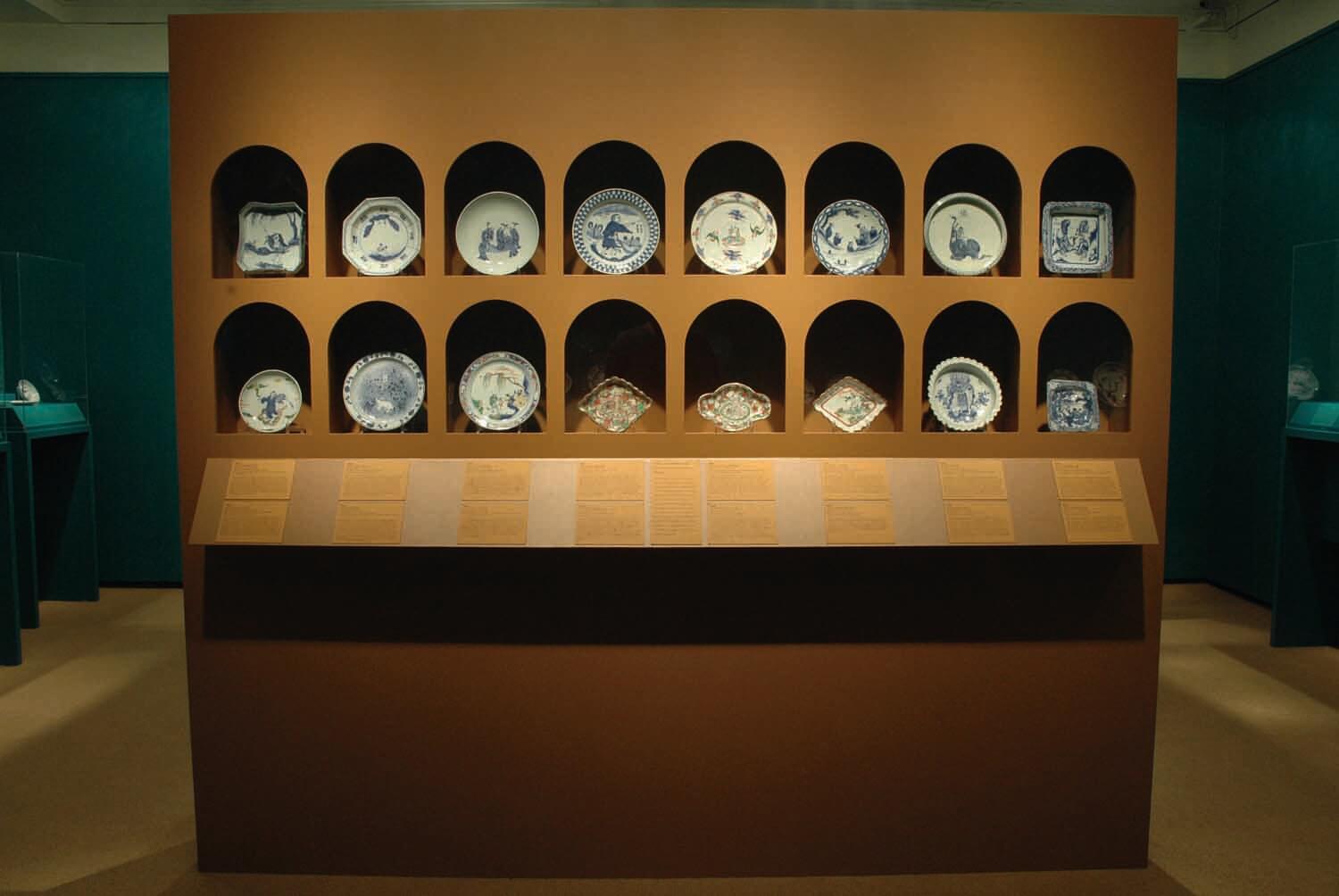
Trade Taste & Transformation: Jingdezhen Porcelain for Japan, 1620–1645
转换期间的贸易品味:景德镇的日本外销瓷
Exhibition Catalogue
Authors: Julia B. Curtis, with essays by Stephen Little and Mary Ann Rogers
In the final decades of the Ming dynasty, the potters of Jingdezhen produced blue-and-white porcelain, kosometsuke, and an underglaze-blue and polychrome porcelain ware, ko’akae, for the Japanese market, particularly for use in the popular tea ceremony. Chinese decorative themes and manufacturing standards were transformed to accommodate traditional Japanese forms and aesthetics. This is the first study in the English language devoted to this export ware. It surveys the designs and shapes of kosometsuke and ko’akae, explicates the rebuses and symbolic references in the decoration, and describes its use in the tea ceremony.
Exhibition catalog, 2006. Hardcover, 131 pages: ill.
ISBN: 0-9774054-0-0.
Media Coverage
Media Coverage
- China Press 侨报
- Sing Tao Daily 星岛日报
- The Art Newspaper
- World Journal 世界日报
Related Programs
- Curator’s Lecture: by Julia B. Curtis, “Trade Taste and Transformation: Jingdezhen Porcelain for Japan, 1620-1645” (February 2, 2006).
- Symposium: “Jingdezhen Porcelain for Japan” (April 23, 2006).
Related Events
